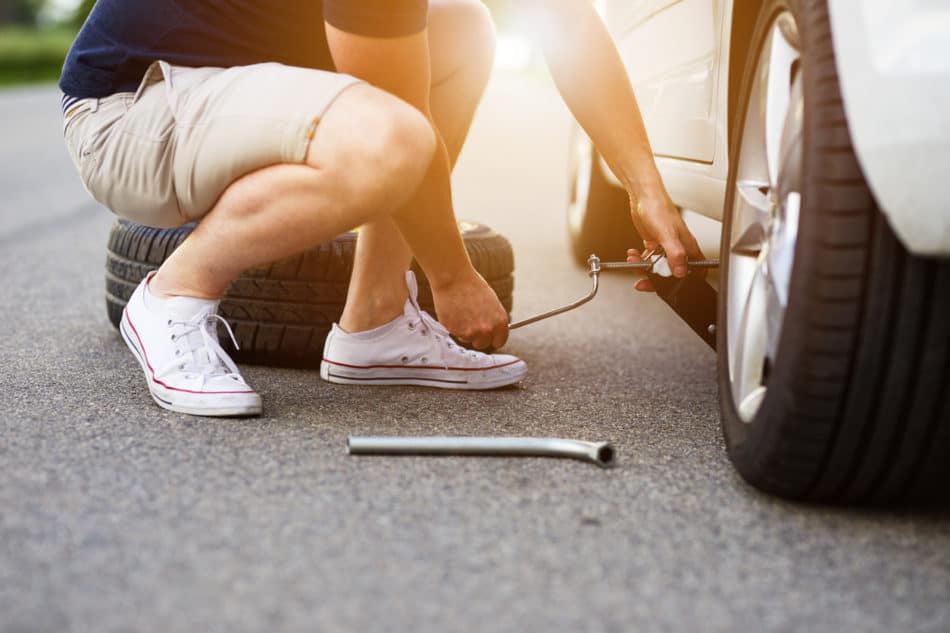COMPREHENSIVE TIRE AND WHEEL PROTECTION FOR EXOTIC CARS AND COMMERCIAL VEHICLES, INCLUDING HEAVY TRUCKS, BUSES AND RV'S!
EXOTIC CARS
COMMERCIAL HEAVY TRUCK, BUS & RV
PROTECTION FROM THE UNEXPECTED
Our Tire & Wheel Protection ensures your vehicle’s crucial contact points with the road are safeguarded. Should your tires or wheels suffer damage from road hazards like metal, nails, glass, debris, or potholes, we’ll replace them over seven (7) years. Opt for Optional Cosmetic Coverage for added peace of mind, covering cosmetic wheel repairs to maintain your vehicle’s pristine appearance. Count on us to make unexpected expenses manageable and keep you confidently on the road.

TOP 5 BENEFITS OF TIRE AND WHEEL PROTECTION
Tire and wheel protection plans can offer several benefits that are particularly valuable for vehicle owners. Here are the top five benefits:
- Cost Savings on Repairs: Tire and wheel protection plans typically cover the costs of repairing or replacing damaged tires and wheels due to road hazards such as potholes, nails, or debris. This can save you from unexpected out-of-pocket expenses, which can be quite costly.
- Peace of Mind: Knowing that your tires and wheels are protected can provide peace of mind, especially if you frequently drive in areas with poor road conditions or construction zones prone to debris.
- Comprehensive Coverage: These plans often cover not just the tires and wheels but also related components such as mounting, balancing, valve stems, and in some cases, even cosmetic repairs.
- Convenience: Many protection plans offer easy access to authorized repair facilities, making the process of fixing or replacing damaged tires and wheels straightforward and hassle-free.
- Transferability and Value: Some plans are transferable if you sell your vehicle before the coverage expires, potentially adding resale value to your vehicle.
These benefits make tire and wheel protection plans a worthwhile consideration for those looking to protect their investment in their vehicle and avoid unexpected expenses related to tire and wheel damage.
YOUR QUESTIONS ANSWERED
Tire and wheel coverage typically includes the repair or replacement of tires and wheels damaged by road hazards such as potholes, nails, and debris. It may also cover related services like mounting, balancing, valve stems, and sometimes even cosmetic repairs to the wheels.
Road hazards are conditions or objects on the road that can cause damage to your tires or wheels. Common examples include potholes, nails, glass, and other debris.
No, tire and wheel coverage usually does not include routine maintenance such as tire rotations, alignments, or balancing unless it’s part of a repair due to a covered road hazard.
Yes, typical exclusions include damage due to accidents, vandalism, normal wear and tear, off-road use, and intentional damage. It’s important to review the specific terms of your policy for a complete list of exclusions.
To file a claim, you usually need to contact your coverage provider, provide details about the damage and how it occurred, and take your vehicle to an authorized repair facility. Documentation and photos of the damage may be required.
This depends on your specific policy. Some plans have a limit on the number of claims or a cap on the total amount covered. Review your policy for details on claim limits.
Yes, most tire and wheel protection plans cover all four tires and wheels. Some plans may also cover the spare tire if it is damaged by a covered road hazard.
Yes, many providers offer tire and wheel coverage for used vehicles, although there may be certain age and mileage restrictions. Check with your provider for specific eligibility requirements.
Some tire and wheel protection plans are transferable to a new owner if you sell your vehicle, which can add value to your sale. Check your policy for transferability terms and conditions.
The cost of tire and wheel coverage varies based on factors such as the vehicle make and model, coverage duration, and the provider. It typically ranges from a few hundred to a few thousand dollars. It’s best to get a quote from your coverage provider for accurate pricing.
CUSTOMER EXPERIENCES







